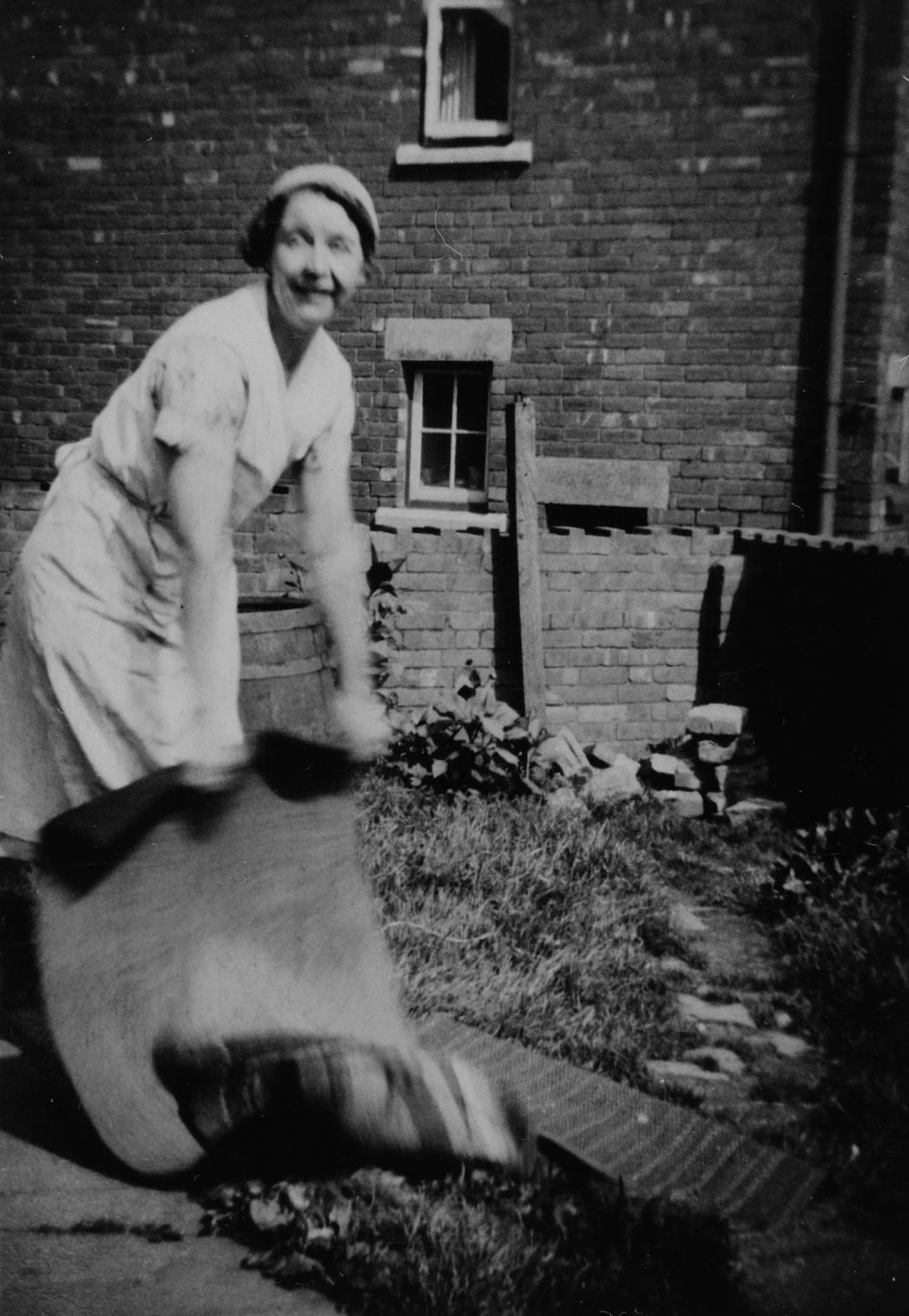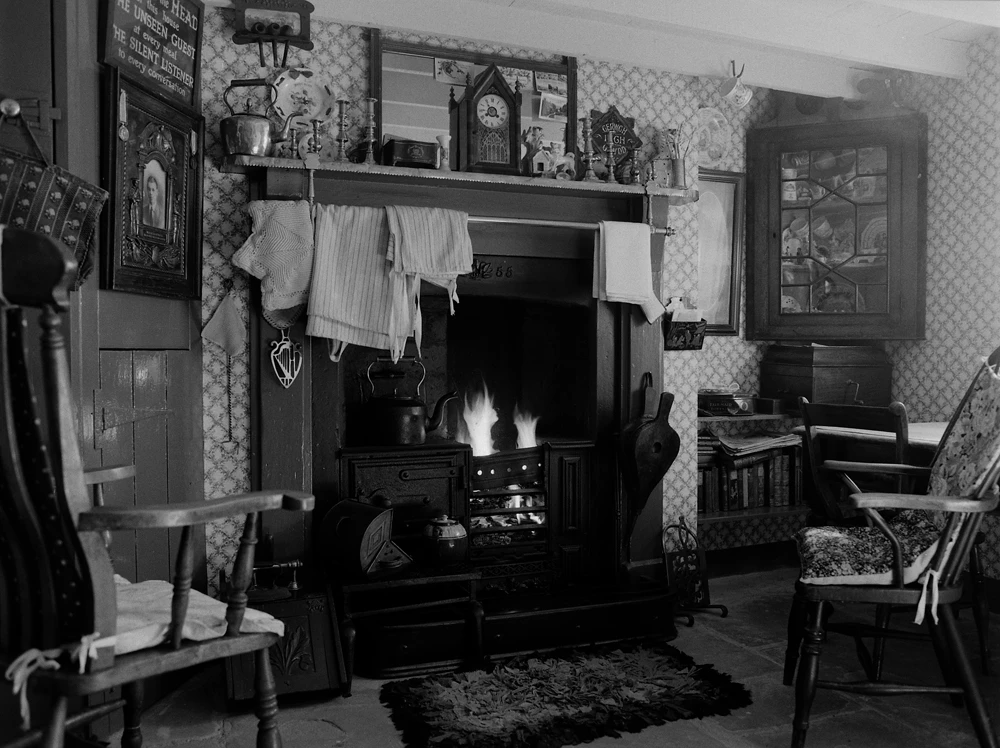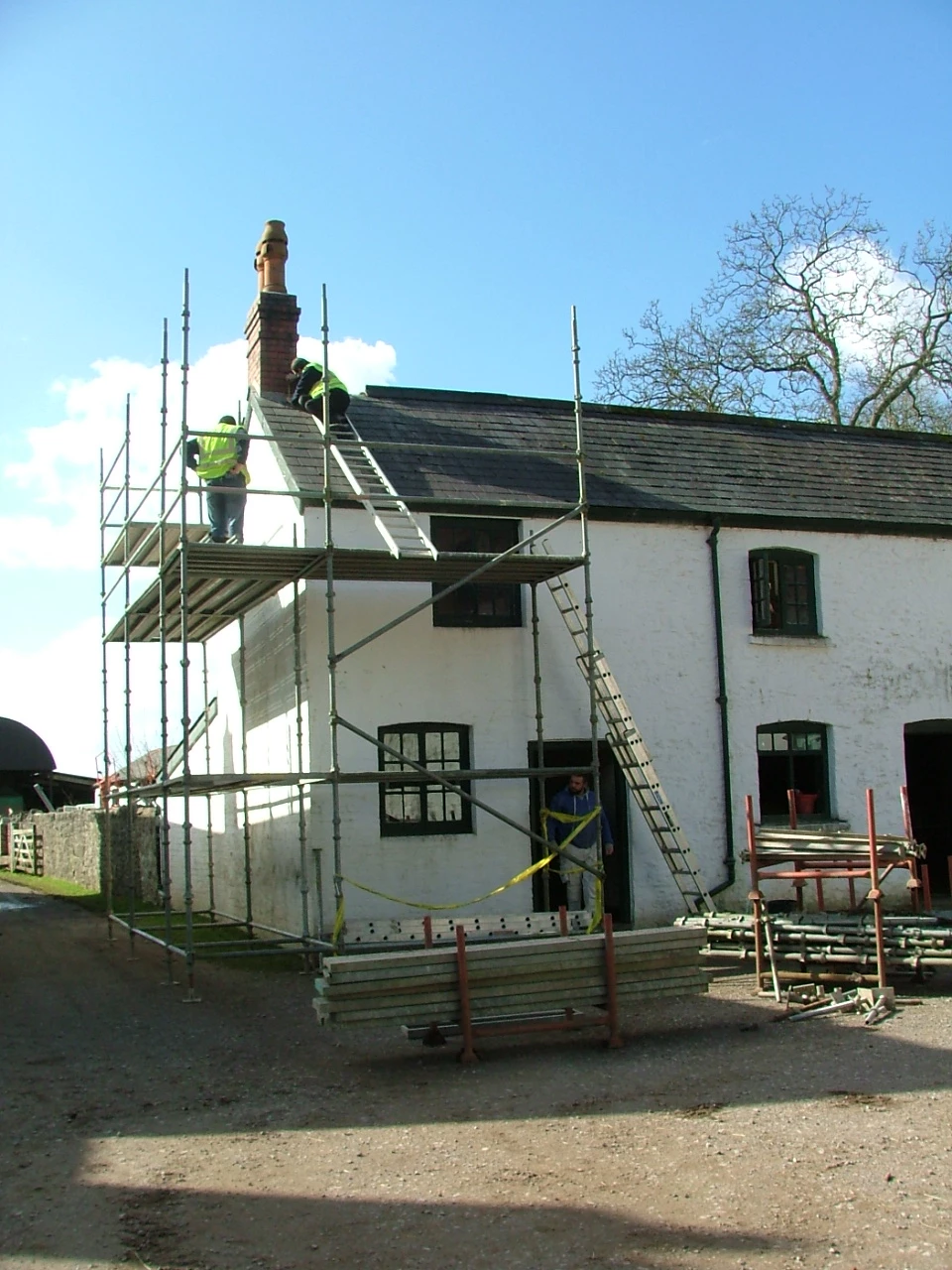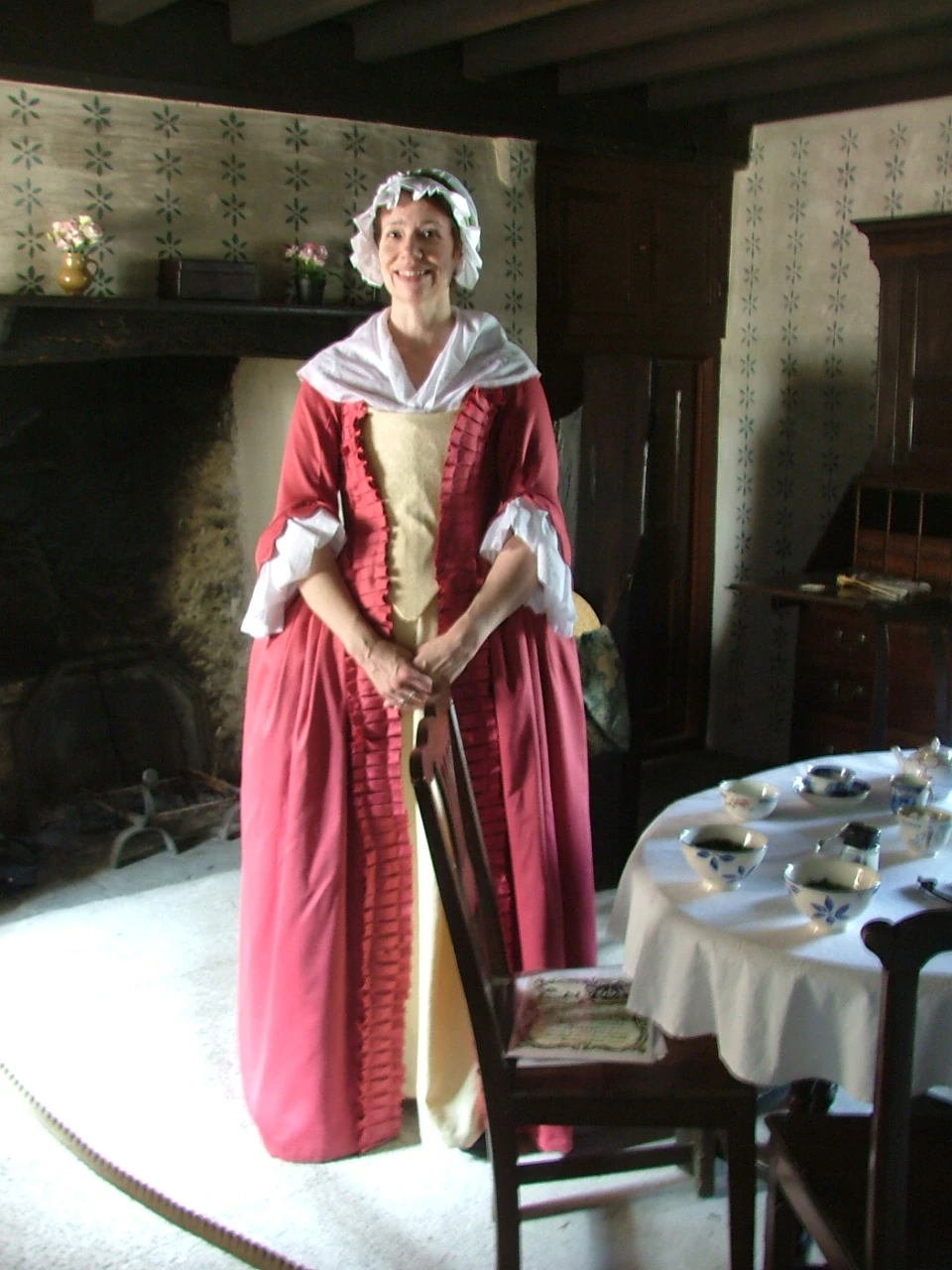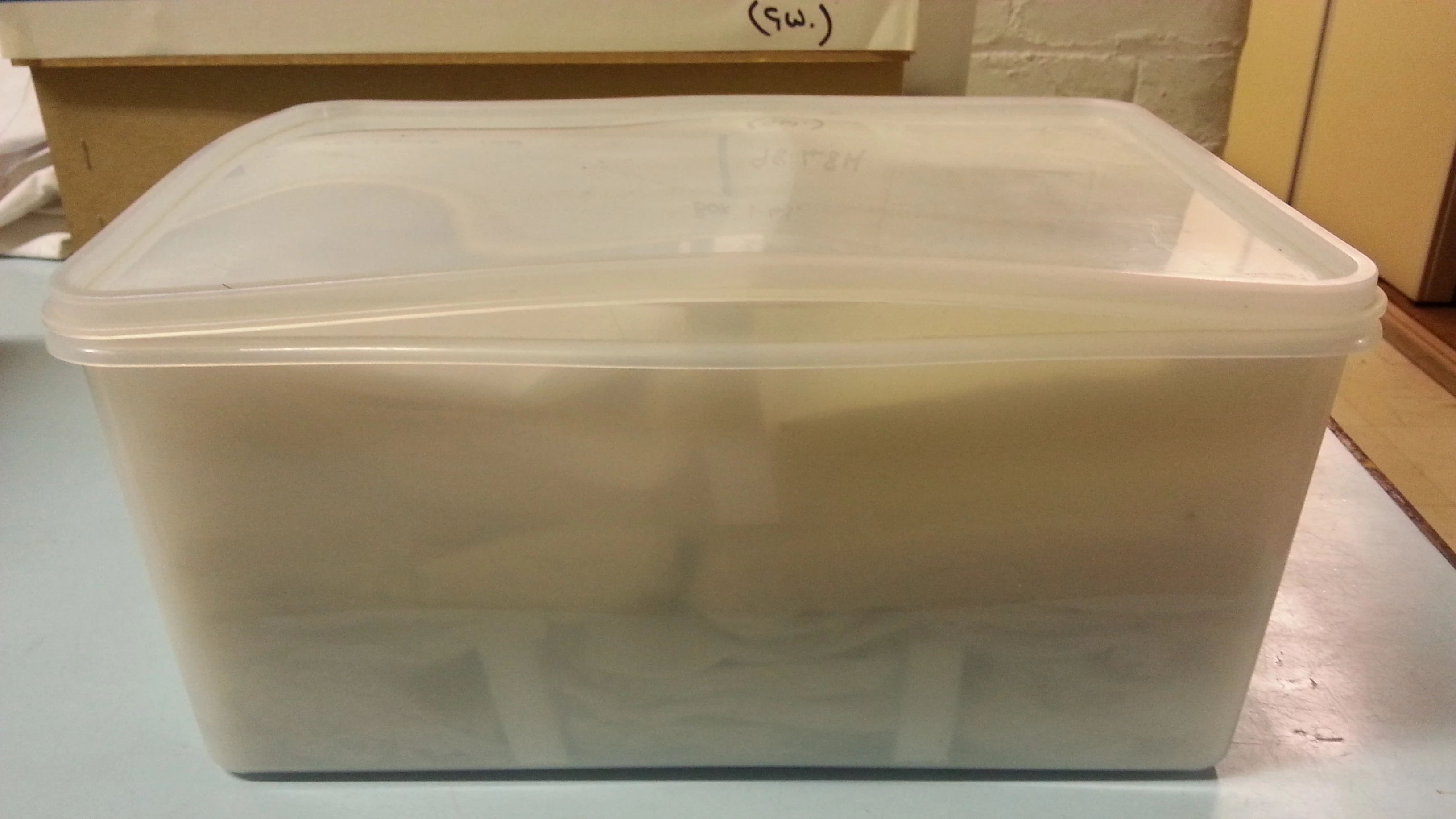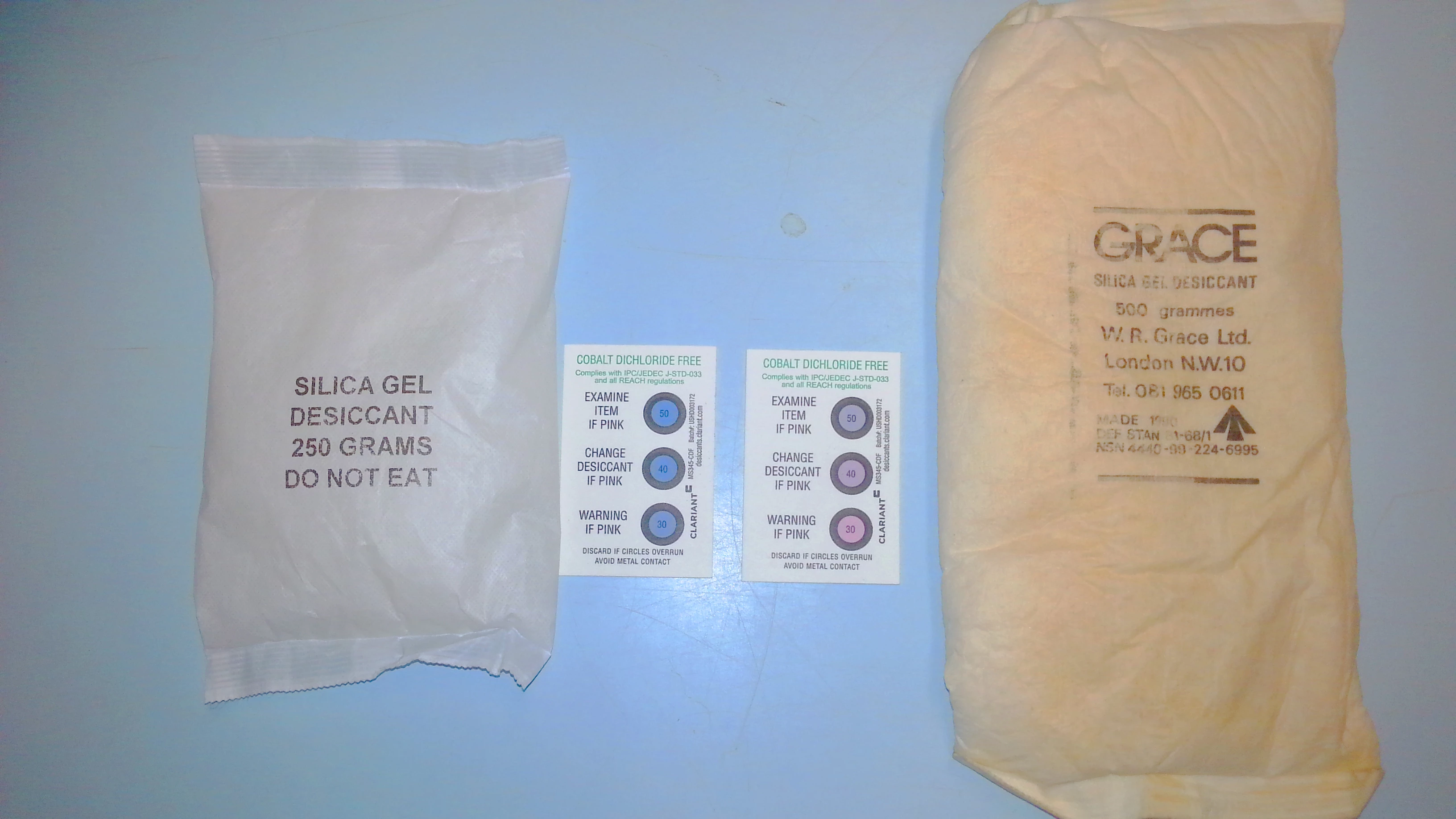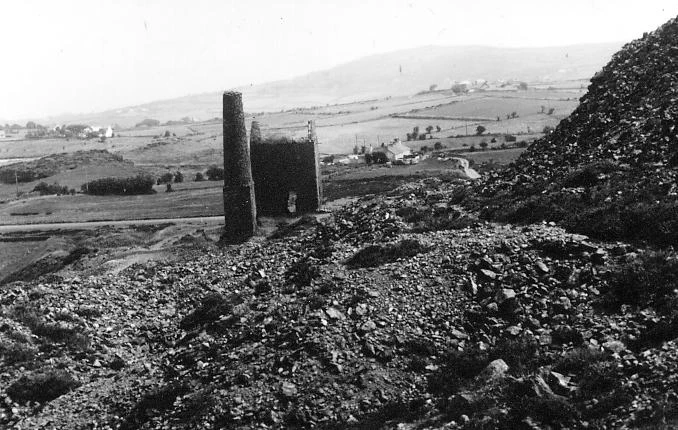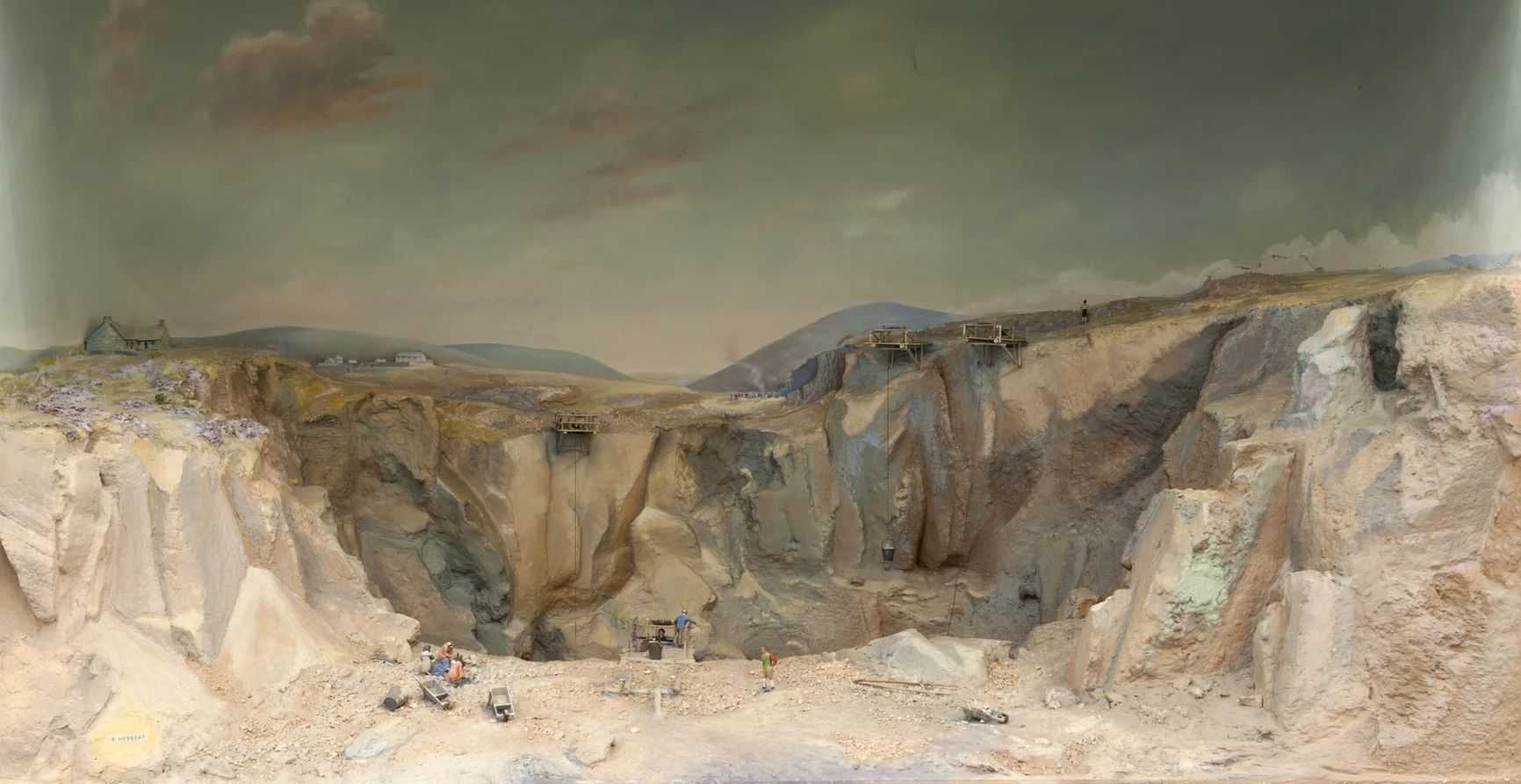Become a Housekeeping volunteer
, 13 June 2015
We are currently recruiting housekeeping volunteers at St.Fagans to help look after the displays in the historic houses and Castle. This is a new scheme that is open to anyone who would like to get involved and learn more about traditional housekeeping techniques. Many of which still have a use today, such as using natural herbs and flowers to repel moths from precious woollen jumpers.
With your help we would also like to enhance the interpretation of the buildings by putting more of the collections on display and reintroduce traditional crafts to create replica items, such as rag rugs, baskets and wicker carpet beaters.
Training will be provided, so no previous experience is required, all we ask in return is a few hours of your time a week. This is a pilot project, so even if the days currently on offer are not suitable please do still get in contact and register your interest.
As part of the project we have converted one of the cottages at Llwyn yr Eos farm into a base for housekeeping volunteers, with studios and a comfortable place to relax.
If you are interested in becoming a housekeeping volunteer please follow this link and we look forward to hearing from you.

